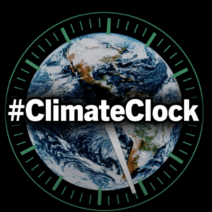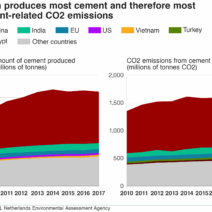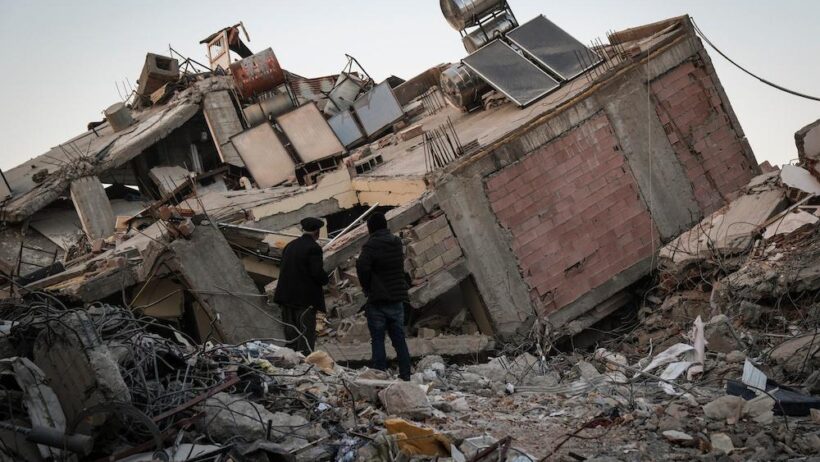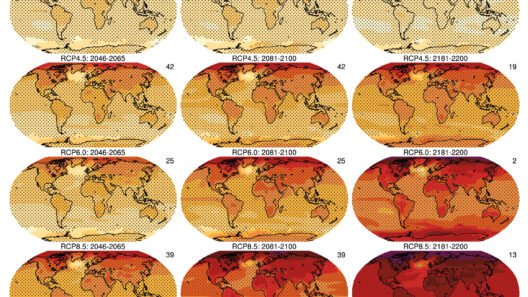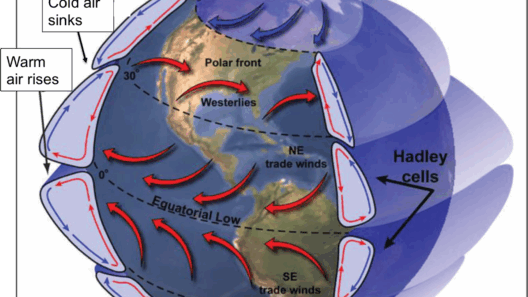In recent years, the discourse surrounding environmental degradation has encompassed an array of topics, from rising sea levels to the increasing frequency of extreme weather events. An inquiry that has emerged in this context is whether earthquakes may have some correlation with climate change. While the notion might elicit skepticism, it is important to dissect the nexus between seismic activity and climatic alterations, striving to distinguish evidence-based facts from mere speculation.
The scientific community has long acknowledged that earthquakes are primarily geological phenomena caused by the movement of tectonic plates. These plates are part of the earth’s lithosphere, and their interactions—whether through collision, separation, or lateral sliding—produce stress that is released as seismic energy. However, the question arises: can external environmental factors, such as climate change, influence these geological processes?
To assess the relationship between climate change and seismic activity, one must first comprehend the mechanisms underpinning climate change itself. Primarily fueled by anthropogenic greenhouse gas emissions, the planet’s climate is warming at an unprecedented rate. This warming leads to the melting of polar ice caps and glaciers, altering the distribution of water masses on Earth. As such, one can hypothesize that the redistribution of such large volumes of water may affect the stress loads on tectonic plates.
One notable line of inquiry suggests that the weight of melting ice can trigger a phenomenon known as “glacial isostatic adjustment.” This process occurs when massive ice sheets, which have compressed the Earth’s crust, melt and relieve pressure on the underlying geology. The subsequent rebound of the Earth’s crust can precipitate seismic events. Indeed, studies have illustrated that regions with significant glacial melting, such as parts of Greenland and Antarctica, have experienced increased seismicity correlated to their ice loss.
Furthermore, there exists the conjecture that climate-induced changes in hydrology—namely, increases in precipitation and subsequent flooding—could also influence geological stress. Floodwaters can infiltrate faults and weaknesses in the Earth’s crust, potentially triggering earthquakes. This has been observed in certain regions where heavy rainfall correlates with increased seismic activity. However, while these instances may suggest a connection, they are often localized and do not imply a widespread causative relationship between climate change and earthquakes.
Critics of the assertion that climate change can trigger significant earthquakes often point out that most earthquakes result from tectonic forces that operate on geological timescales, often taking millions of years to evolve. While short-term changes, such as those induced by climate variability, may influence seismic triggers under specific conditions, they do not fundamentally alter the tectonic forces driving earthquakes. These critics urge caution in linking climate change to larger seismic phenomena, emphasizing that such connections are more nuanced than they appear.
The link between global warming and volcanic activity is another intriguing aspect of this discourse. Similar to earthquakes, volcanic eruptions are predominantly geological events, driven by magma movement beneath the Earth’s crust. However, the potential impact of climate change on volcanoes cannot be completely dismissed. The thawing of ice caps can relieve pressure on volcanic systems, potentially leading to increased eruptions in some instances. Recent volcanic activity in ice-covered regions has drawn attention to this phenomenon, with scientists investigating potential correlations.
Moreover, one cannot overlook the psychological and societal dimensions of this discussion. The eruption of climate-related events, such as floods and extreme temperatures, can compound vulnerabilities in populations, often leading to increased seismic risks in the aftermath of such disasters. Communities already grappling with the challenges posed by climate change may find themselves less resilient in the face of natural disasters, including earthquakes. Thus, while the geological relationship remains tenuous, the societal context must be considered, suggesting that the influence of climate change on human experience may amplify perceptions of seismic risks.
As society navigates the multifaceted challenges of climate change, it is prudent to maintain a discerning perspective on the claims linking it to earthquakes and volcanic activity. The complexity of these interactions demands a thorough examination, resisting the allure of oversimplification. Investigative studies should continue exploring the intricate relationships at play, fostering a deeper understanding of how climate change impacts not only our planet’s ecosystems but also seismic dynamics.
In conclusion, the inquiry into whether earthquakes are related to climate change is a subject that straddles the boundary between established science and emerging theories. While geophysical mechanisms primarily govern seismic activity, there exists a potential interface where climatic factors may play a role in localized events. It is essential to approach this dialogue with caution, while remaining open to scientific inquiry that may illuminate further connections. As society grapples with both climate change and natural disasters, understanding these interactions within a holistic framework will become increasingly vital for building resilience against an uncertain future.

